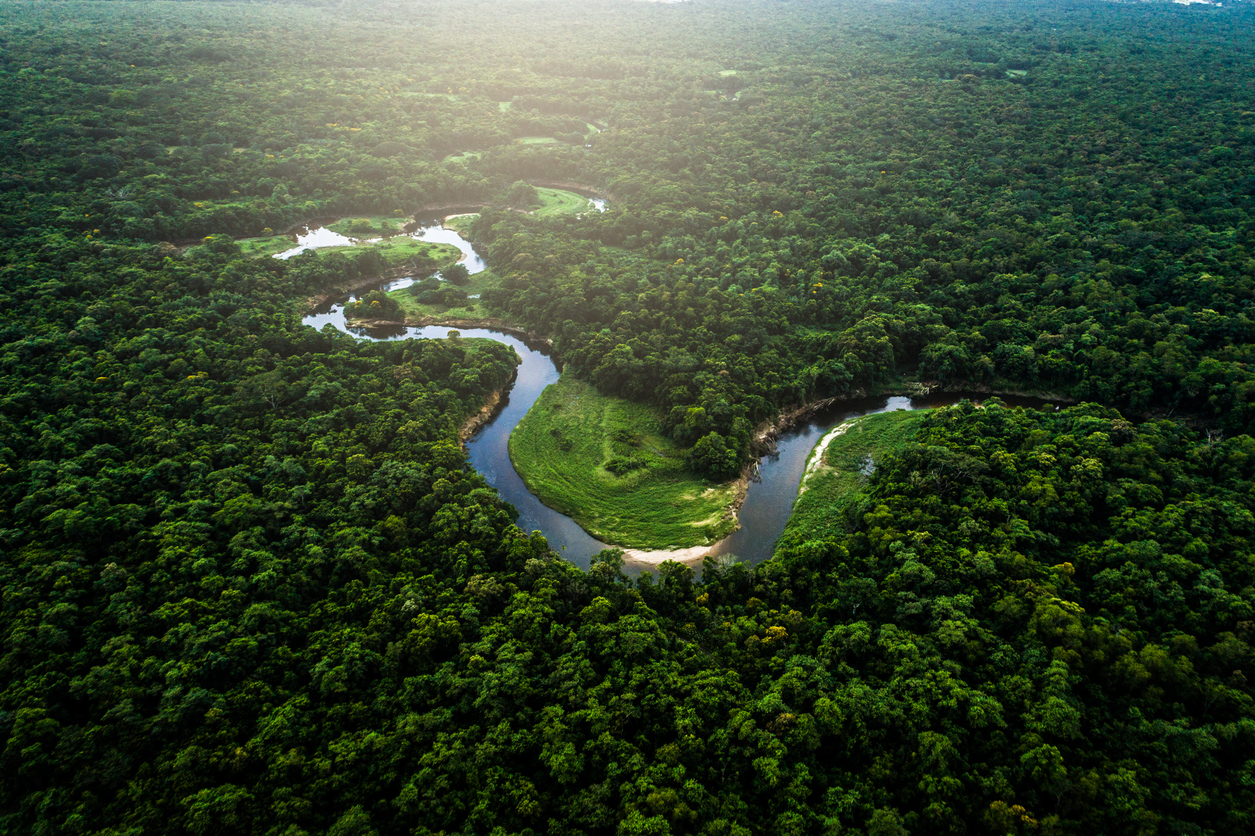Archaeologists from the Amazônia Revelada project have discovered a lost colonial settlement dating back to the 18th century.
The Amazônia Revelada project is a study of the Amazon region to identify archaeological sites using LiDAR technology and surveys conducted by local researchers who are members of the indigenous and traditional peoples.
In a press statement issued at the Amazon Museum in Manaus, Eduardo Neves, director of the Museum of Archaeology and Ethnography at the University of São Paulo, announced the discovery of a colonial settlement which appears on contemporary 18th century maps.
The discovery was made using LiDAR (Light Detection and Ranging), a method of remote sensing that uses light in the form of a pulsed laser to measure ranges (variable distances) to the Earth. The differences in the laser return times and wavelengths can be used to compile a 3-D digital map of the obscured landscape.
The LiDAR survey revealed traces of a street system, which Neves explained to Brazilian news outlet Metrópoles, was forgotten after the inhabitants abandoned the settlement after 300 years of Portuguese colonial rule.
The settlement was part of the colonial Portuguese Amazon region which constituted a separate province of Portuguese America, lasting from the beginning of the 17th century until the beginning of the 19th century, when Brazil became an independent nation.
Neves also announced two further discoveries in his press statement. The first is a stone structure in the state of Rondônia, where there are geometric structures on the ground, such as square and circular shapes, and linear features that appear to be roads. The second, also in Rondônia, is a reticulated shaped feature, which archaeologists plan to explore further.
“We still don’t know exactly what they are. They could be areas of cultivation or perhaps places of habitation, but we will have to go back to the field to excavate and better understand their meaning. These formations are known in other places, such as Bolivia, but this is the first time we have seen them on the Brazilian side,” said Neves.
Header Image Credit : iStock
Sources : Amazônia Revelada







